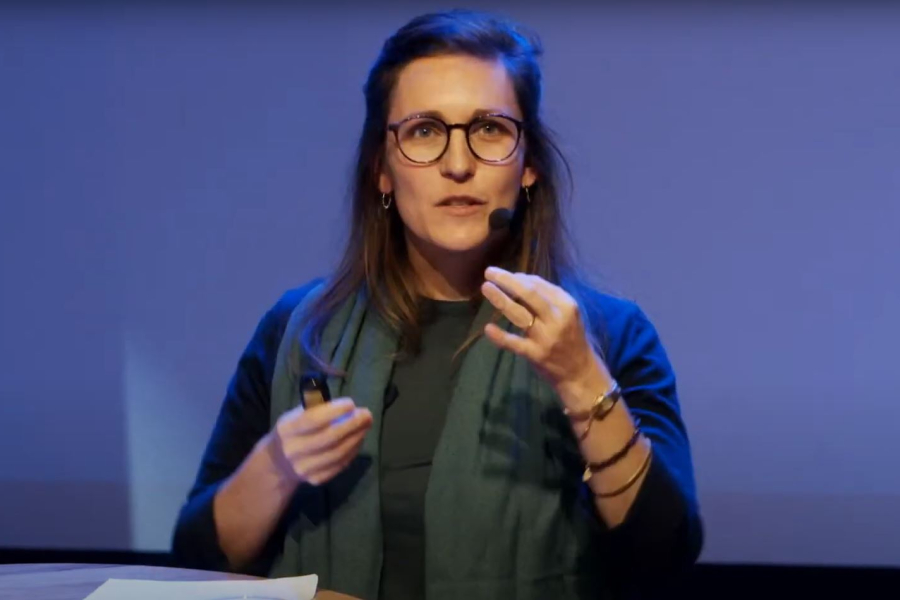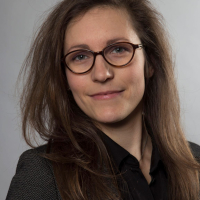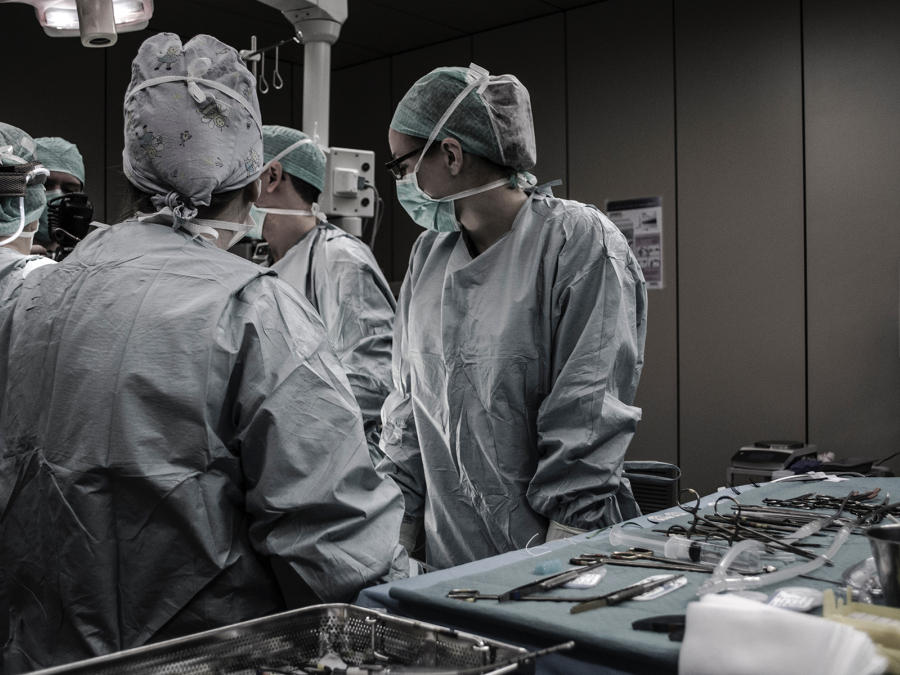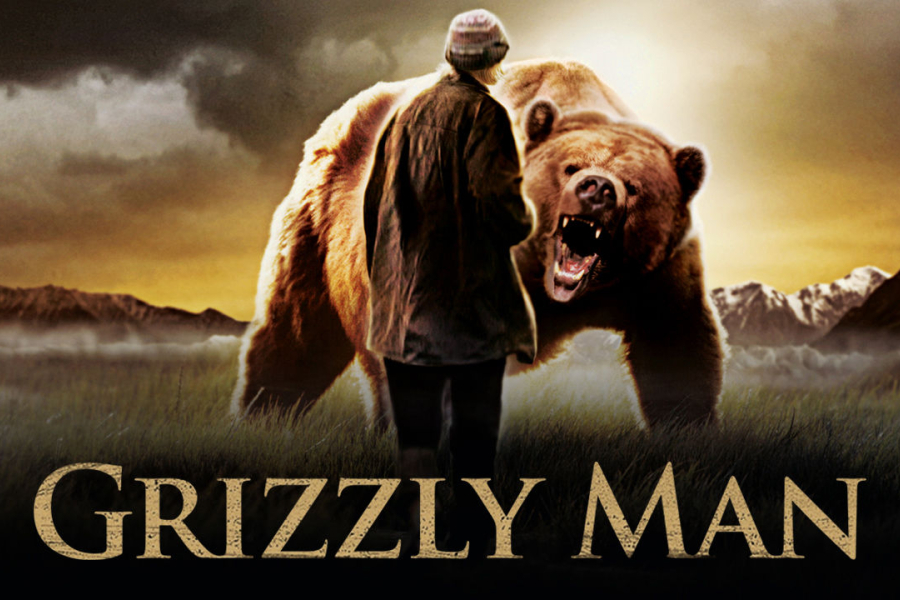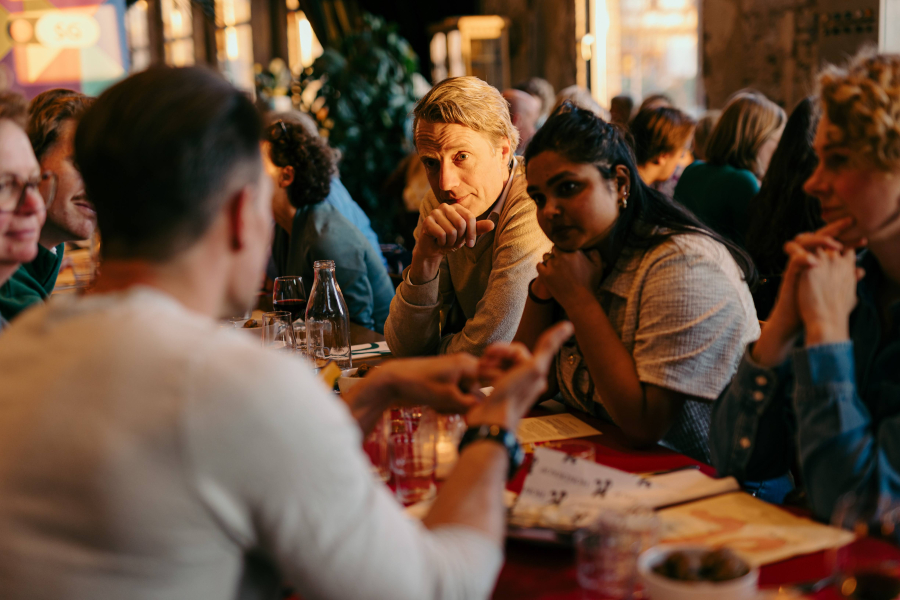Why doctors and patients should become good storytellers
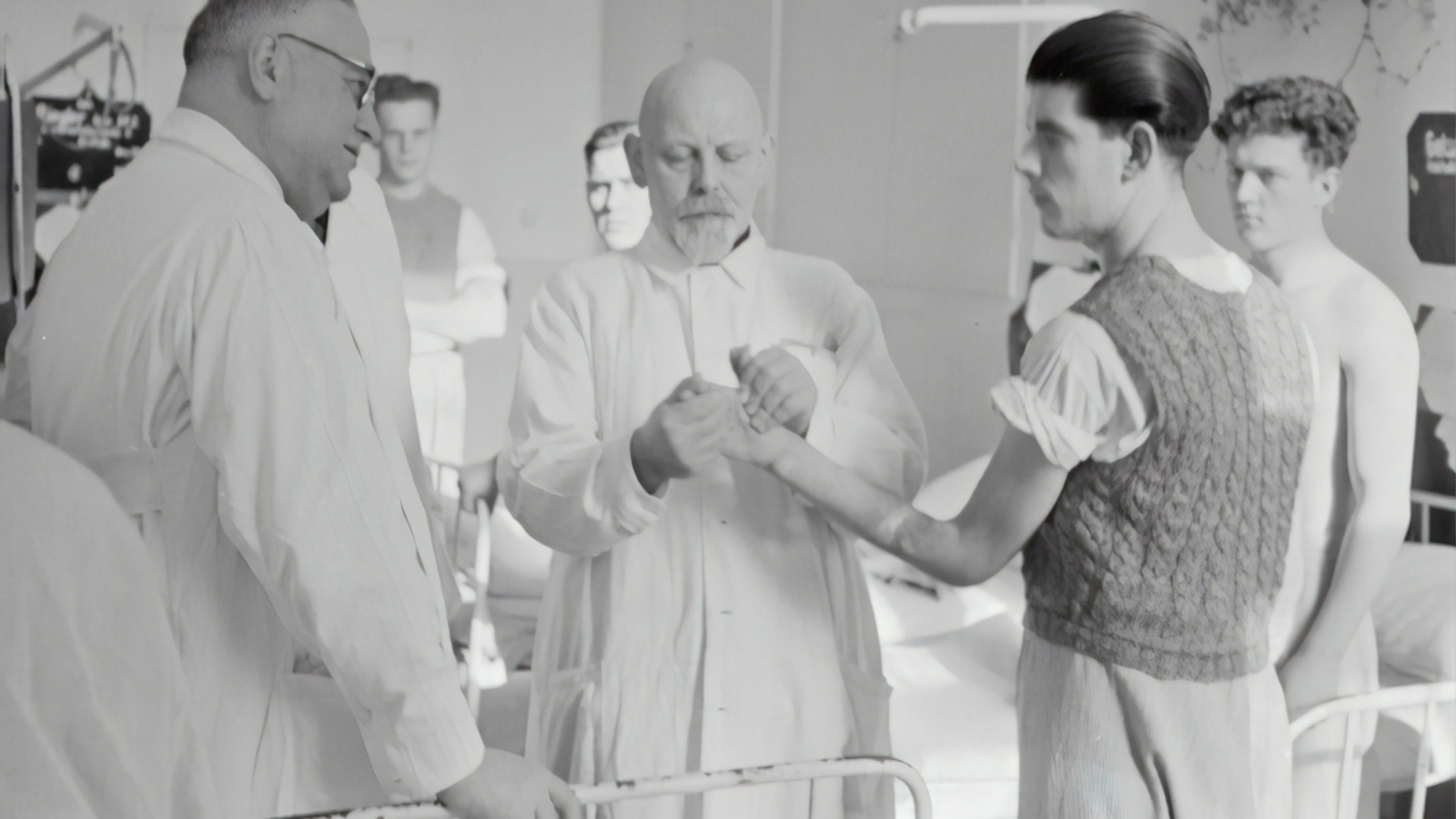
The waiting room of my general practitioner is packed. Sometimes people throw a furtive glance at each other, but everyone is mostly minding their own business. They seem invested in their own worlds, perhaps with their own reasons for their upcoming consult. I know I am. I have been tired for a while, but I am not sure whether the underlying cause for my symptoms is physical or psychological. As I am facing the doctor a while later, I clumsily string some words together that sum up my story as good as possible. The doctor ticks some boxes on a form and tells me I should get my blood tested. Before I know it, I'm outside again. I cannot help but feel a bit confused. Did I tell my story? Did I say it all?
My experience is not unique, according to literary scholar Dr. Megan Milota (UMC Utrecht). Everyone is likely to get sick at one point in their lives, or care for somebody that is ill. Doctors are taught to diagnose on the basis of short consults with patients and objective data from medical dossiers. More often than not, the patient's subjective experience of their illness does not resonate with the pragmatic, science-oriented approach of doctors. Milota believes that doctors can gain a lot if they take the time to listen to the stories of their patients. That is why she calls for a more human-oriented relationship between doctor and patient, by integrating the arts with the medical sciences.

The experience of pain is subjective
The development of new technologies is at full speed in the medical world. We can hardly imagine what will be possible in twenty years. This will also fundamentally change the relation between doctors and their patients. For example, in the field of radiology, medical professionals increasingly use artificial intelligence to diagnose their patients. This raises an important question, according to Milota. In the face of all these new developments: what skillset do doctors need now, and in the future?
At this moment doctors are thoroughly trained to interpret medical dossiers, to diagnose and set up the right treatment plans. However, doctors possess another quality that they share with all other human beings: empathy. Milota explains how empathy is the key to listen with compassion, to ask the right questions at the right moment. She argues that empathic listening can be fueled by using the arts, such as the practice of storytelling. Think about the amount of words we have to literally describe pain: not a lot right? But if doctors let their patients describe their pain in metaphoric language, they suddenly have a wide variety of options to express themselves. "This is important, because the experience of pain is subjective. It is an ongoing narrative that changes every day", Milota explains.
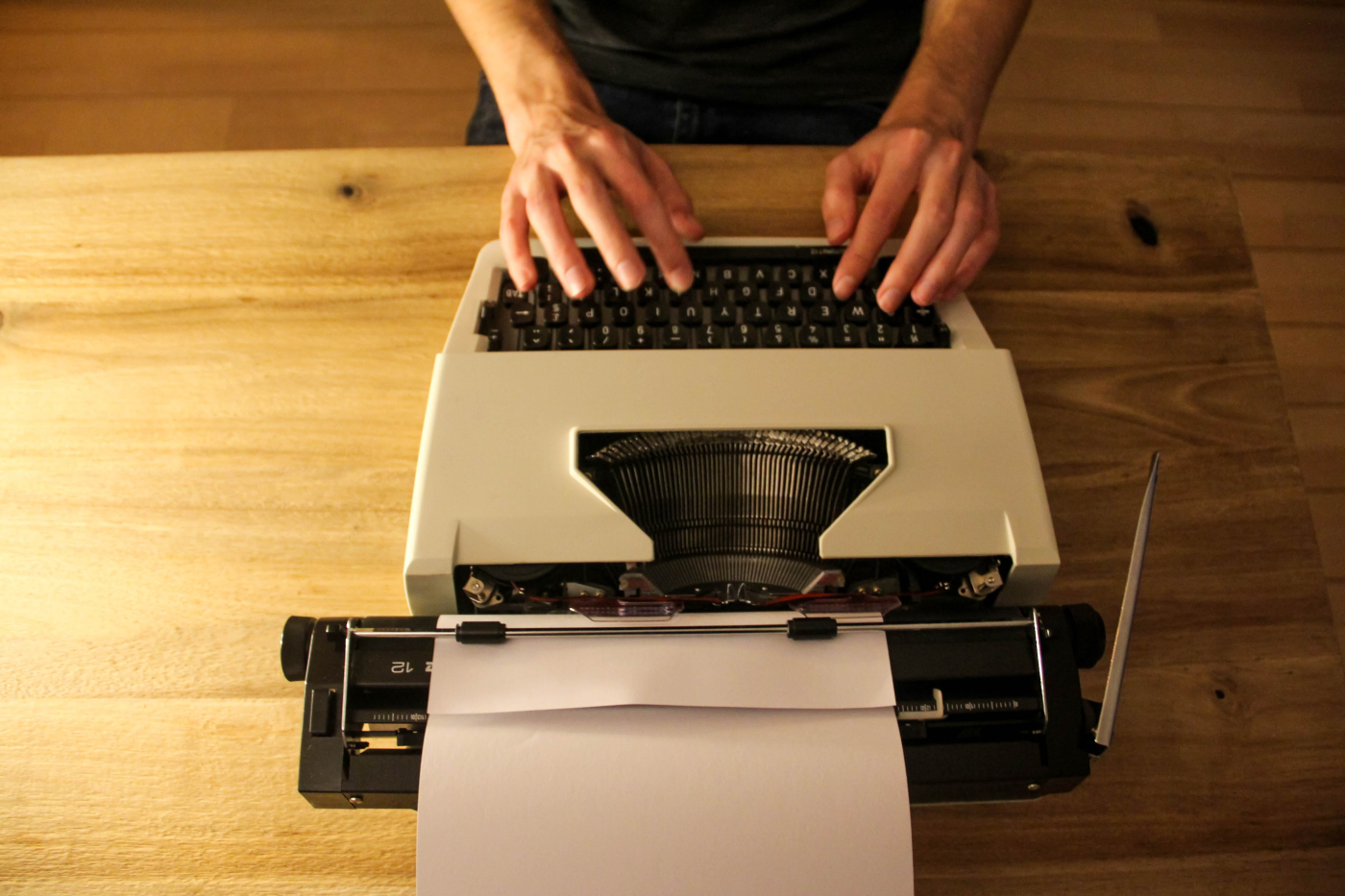
A bucket of emotional experience
"Because they become good readers, they become good doctors." This quote, borrowed from a colleague, is one close to Milota's heart. As associate professor of Medical Humantities, Milota lets her medical students read works of fiction. By making them encounter a fictional world, she tries to motivate them to explore, escape, release and be curious. That way, her students get acquainted with the experiences of others. They imagine what it must be like for the characters of the book, how their world looks like, and as a result they take on different perspectives.
Milota uses an analogy to explain the purpose of these creative exercises: "They draw on a bucket of emotional experiences, which they can use to attune their care to the person in front of them." To that end, she not only lets her students read but also tell or write stories. An example is an exercise called 'backward, sideways, and forward context". Milota sketches a scenario: a midwife delivers a premature baby. Because of its dire conditions, the doctors do not want to resuscitate it. But the parents disagree out of religious belief. The judge has to decide on the outcome. Students have to tell the story successively from the viewpoint of every actor in this story. And when they do this again and again, something happens, Milota points out: "They gain a deeper, more emotional kind of knowledge."
"There is a difference between crying with every patient, and allowing patients to tell their stories."
It's not just the doctor's job
But what about the risk when doctors become too emotionally involved? Isn't maintaining an emotional distance from your patients also a necessary form of self-protection? A good question, according to Milota. There is no yardstick that indicates how much empathy is exactly right. Deciding what is comfortable for you as a doctor, is yet another discovery that can only be obtained through experience. There is a delicate balance between letting patients in, and bringing home emotional stories from them.
Becoming too emotionally invested relates to a bigger question about the future of medicine. How do we want to shape our healthcare? In the light of technological advancements, both doctors and patients have to decide what is important to them. "And it's not only a doctor's job to ask right questions", Milota adds. "As citizens, as ill and healthy people, we too have to ask ourselves: which kind of conversations do we want to have about our health? What is the quality of life for me?"

